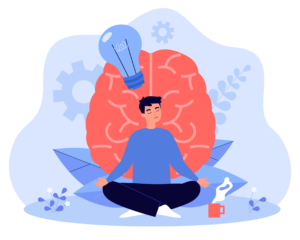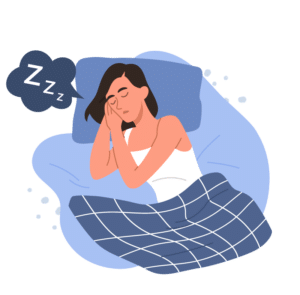March 30th is World Bipolar Day. This worldwide awareness initiative provides us a chance to share information and resources that help eliminate the stigma around bipolar disorder and support those living with the condition on their journey to wellness. To celebrate World Bipolar Day, DBSA put together resources, support, and hope for people living with bipolar disorder.
By visiting this page, we believe you share our mission. Together, we can make a difference. A generous board member offered to match all donations up to $13,500 through World Bipolar Day this year to further our goal! Your contribution will make twice the impact through the 30th!





